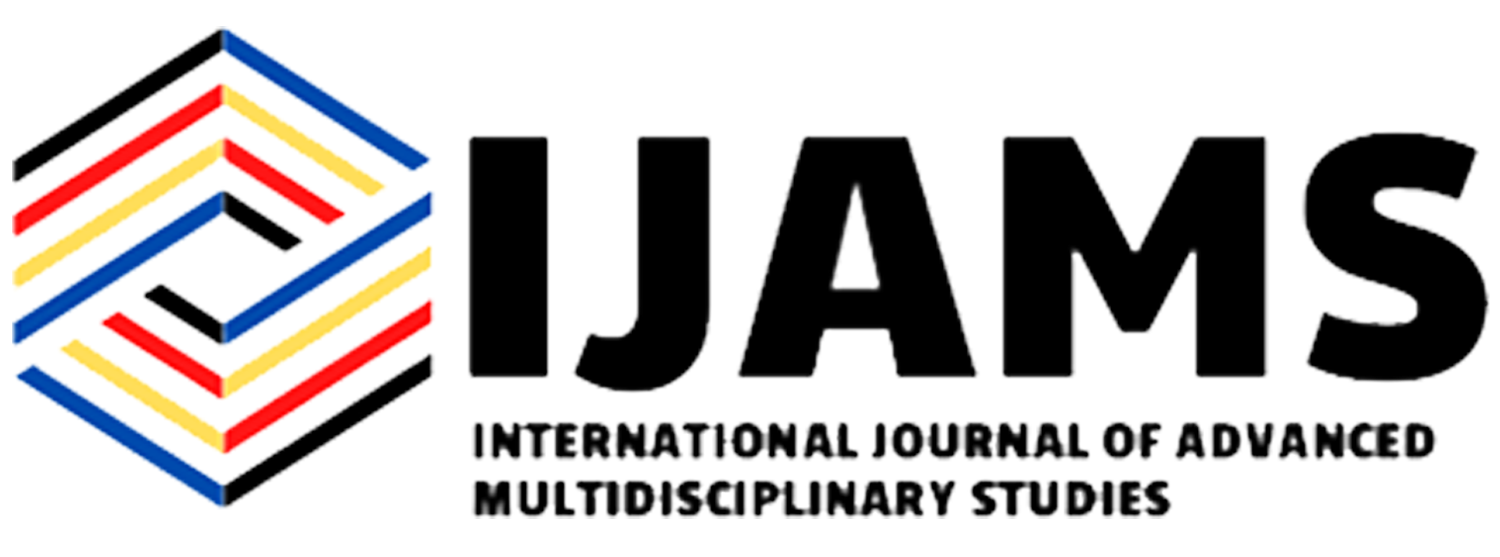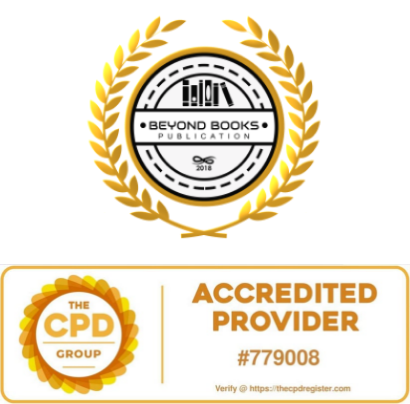ISSN: 2782-893X
eISSN: 2799-0664
 ISSN: 2782- 893X
ISSN: 2782- 893X


There is augmented establishment of supply chain management (SCM) by companies
worldwide, to gain a competitive advantage. The profits of executing a systematized quality
management system are well authenticated. The objective of the study is to propose a rational
approach to assessing and managing risks in the supply chain. Supply chains are intrinsically
vulnerable to risky occurrences. The significance is to study the risks that result from interrelated
flows of materials, communication, and resources in inter-organizational webs. Though, in the last
several years, the importance of this topic has meaningfully gained momentum. A substantial body
of topical literature reports on events that disturbed supply chains and on their negative impact on
businesses.
Risk management enacts a vital role in realistically operating supply chains in the existence of a
variety of ambiguities. Risk Management has become important in avoiding business failures.
Logistics interruption can come from an unexpected exogenous result including an earthquake or
from an endogenous event, as the Toyota Quality recalls in 2010 interrupted the company’s logistic
operations and reduced its performance. Throughout the years, numerous researchers have been
engrossed in supply chain risk management (SCRM) by underwriting the parts of defining,
operationalizing, and diminishing risks. In this paper, I study and synthesize the existing literature
on SCRM in the past few years in a complete manner. The objective of this paper is threefold such
as a) to perform and classify SCRM research showing between 2015 and 2020, b) to assume
itemized assessment related to research developments in supply chain risk descriptions, kinds of
risk, risk features, and risk management/ extenuation plans, and c) to evaluate the SCRM literature
in studying possible breaches. The result of various risks can be accomplished through the right
sequence of risk management methods. Although there are inadequate monitoring activities,
imperfect operating measures, and substandard attitude by the staff.
Thus, with the purpose of achieving development in market share and productivity in the long run
through boosting organizational performance, it is better for the company to provide importance
to builds of SCM strategy, measurements, and procedures.